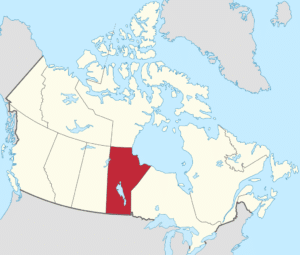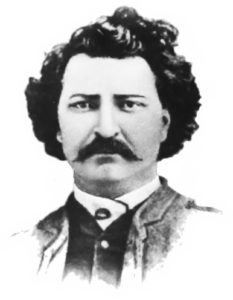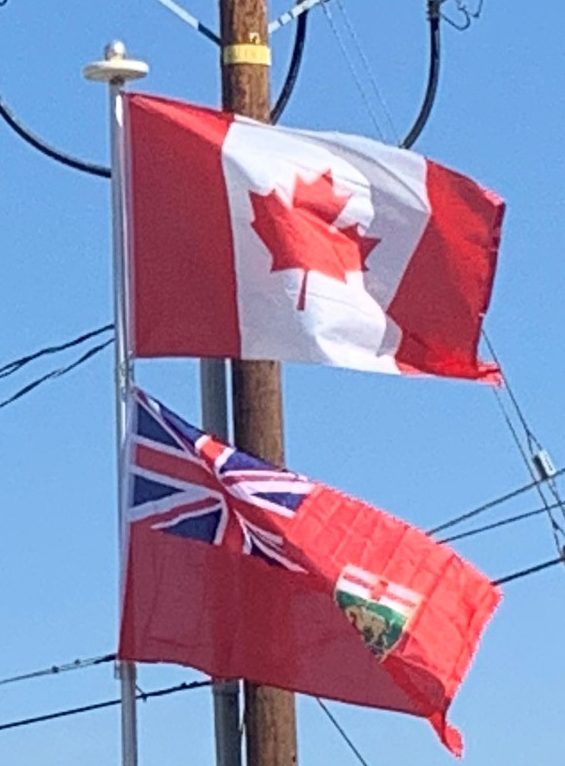Introduction:
Manitoba is a province at the longitudinal center of Canada. It is often considered one of the three prairie provinces (with Alberta and Saskatchewan) and is Canada’s fifth-most populous province with its estimated 1.3 million people. Manitoba covers 250,900 square miles with a widely varied landscape, stretching from the northern oceanic coastline to the southern border with the United States. The province is bordered by the provinces of Ontario to the east and Saskatchewan to the west, the territories of Nunavut to the north, and Northwest Territories to the northwest, and the U.S. states of North Dakota and Minnesota to the south.

Aboriginal peoples have inhabited what is now Manitoba for thousands of years. In the late 17th century, fur traders arrived on two major river systems, what is now called the Nelson in northern Manitoba and in the southeast along the Winnipeg River system. A Royal Charter in 1670 granted all the lands draining into Hudson’s Bay to the British company and they administered trade in what was then called Rupert’s Land. During the next 200 years, communities continued to grow and evolve, with a significant settlement of Michif in what is now Winnipeg. The assertion of Métis identity and self-rule culminated in negotiations for the creation of the province of Manitoba. There are many factors that led to an armed uprising of the Métis people against the Government of Canada, a conflict known as the Red River Rebellion. The resolution of the assertion of the right to representation led to the Parliament of Canada passing the Manitoba Act in 1870 that created the province.
Manitoba’s capital and largest city, Winnipeg, is the eighth-largest census metropolitan area in Canada. Other census agglomerations in the province are Brandon, Steinbach, Portage la Prairie, Winkler, and Thompson.
Etymology:
The name Manitoba is believed to be derived from the Cree, Ojibwe or Assiniboine languages. The name derives from Cree manitou-wapow or Ojibwa manidoobaa, both meaning “straits of Manitou, the Great Spirit”, a place referring to what are now called The Narrows in the center of Lake Manitoba. It may also be from the Assiniboine for “Lake of the Prairie” which is rendered in the language as minnetoba.

The lake was known to French explorers as Lac des Prairies. Thomas Spence chose the name to refer to a new republic he proposed for the area south of the lake. Métis leader Louis Riel also chose the name, and it was accepted in Ottawa under the Manitoba Act of 1870.
History:
First Nations and European Settlement:
Modern-day Manitoba was inhabited by the First Nations people shortly after the last ice age glaciers retreated in the southwest about 10,000 years ago; the first exposed land was the Turtle Mountain area. The Ojibwe, Cree, Dene, Sioux, Mandan, and Assiniboine peoples founded settlements, and other tribes entered the area to trade. In Northern Manitoba, quartz was mined to make arrowheads. The first farming in Manitoba was along the Red River, where corn and other seed crops were planted before contact with Europeans.
